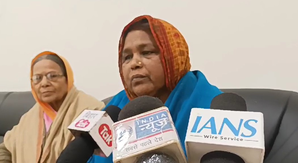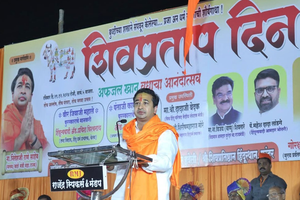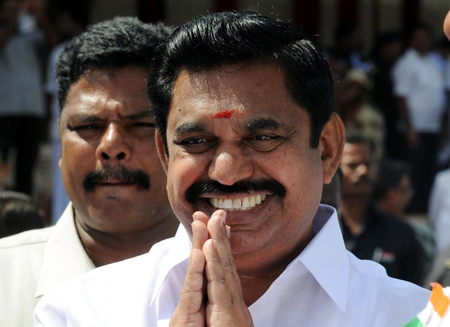
New Delhi, May 30 (IANS) In a first, Delhi has become the first city-state to mandate the use of anti-smog guns round the year on all commercial high-rise buildings, including malls, hotels and office complexes, Environment Minister Manjinder Singh Sirsa said on Friday.
He added that the Department of Environment has issued a directive under Section 5 of the Environment (Protection) Act, 1986, mandating the installation and operation of anti-smog guns on specified high-rise buildings across the city.
“This is the first time Delhi has taken decisive steps using vertical infrastructure as part of its air pollution response,” he said.
The direction mandates that eligible buildings install anti-smog guns within six months and operate them throughout the year, except during the monsoon period from June 15 to October 1.
The directive applies to all commercial complexes, malls, and hotels with a built-up area greater than 3,000 square metres, as well as all institutional and office buildings that are ground plus five floors (G+5) or higher.
Residential houses, group housing societies, and individual residential buildings are exempt from this mandate, an official statement said.
The direction is rooted in consistent observations for stringent measures to reduce suspended particulate matter and directed the use of anti-smog guns in high-pollution urban zones, said Minister Sirsa.
“This step has been taken due to deterioration in air quality observed during the October to January months. The city endured prolonged periods of ‘Very Poor’ to ‘Severe’ air quality, significantly underscoring the urgent need for effective environmental interventions,” he added.
Minister Sirsa said, “For years, this aspect of pollution control was either been advisory in nature or seasonal. What we’ve done today is historic. For the first time, Delhi has acted with legal clarity to curb a long-ignored pollution source. This is accountability in action.”
He added, “This government will no longer tolerate half-measures. Under the visionary leadership of Prime Minister Narendra Modi and the able guidance of Chief Minister Rekha Gupta, we are ensuring that pollution control becomes embedded in urban infrastructure.”
The government direction said each eligible building must deploy a minimum number of smog guns in proportion to its built-up area — starting from three guns for areas below 10,000 square metres and scaling up plus 1 with every 5000 square metre added to the size.
The equipment must be mounted to the building’s parapet wall using fixed brackets and not mobile trailers.
Each smog gun should be capable of a horizontal mist throw of 75 to 100 metres and produce droplets between 5 to 20 microns in size to effectively target airborne particulate matter like PM2.5 and PM10.
Operation must not exceed 1,200 litre per hour or 10,000 litre over an eight-hour day.
The smog guns are to be operated intermittently during peak pollution hours — 6:30 to 9:30 a.m., 5:30 to 8:30 p.m. and 1:30 to 4:30 a.m. — in short bursts to maximise effectiveness and conserve electricity and water, the official directive said.
The equipment should have minimal sound output from blowers and, where feasible, include integrated air quality monitoring sensors. Buildings between 7 and 10 storeys are considered optimal for generating effective ground-level mist dispersion, it added.
Implementation and enforcement responsibilities have been assigned to the Municipal Corporations of Delhi, the Delhi Development Authority, the Public Works Department, the Central Public Works Department, NBCC, Delhi State Industrial and Infrastructure Development Corporation Ltd, Delhi Urban Shelter Improvement Board, and other construction-approving or land-owning agencies.
These agencies are required to ensure full compliance and submit quarterly reports to the Department of Environment detailing actions taken, monitoring outcomes, and penalties imposed where necessary, it said.
–IANS
rch/khz






